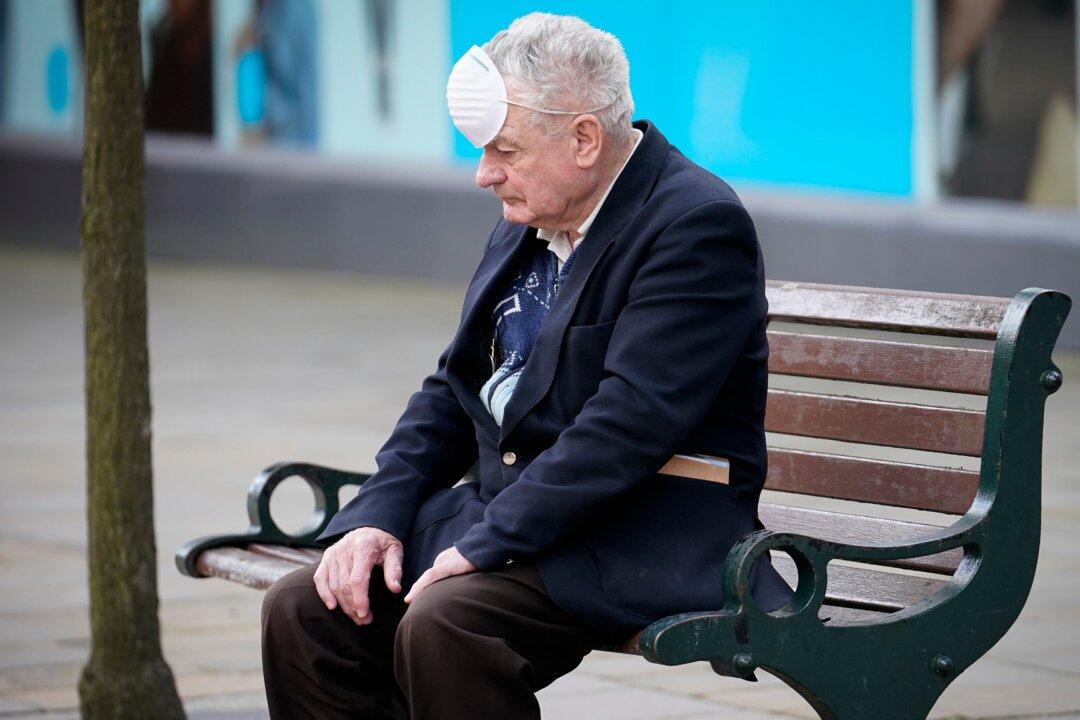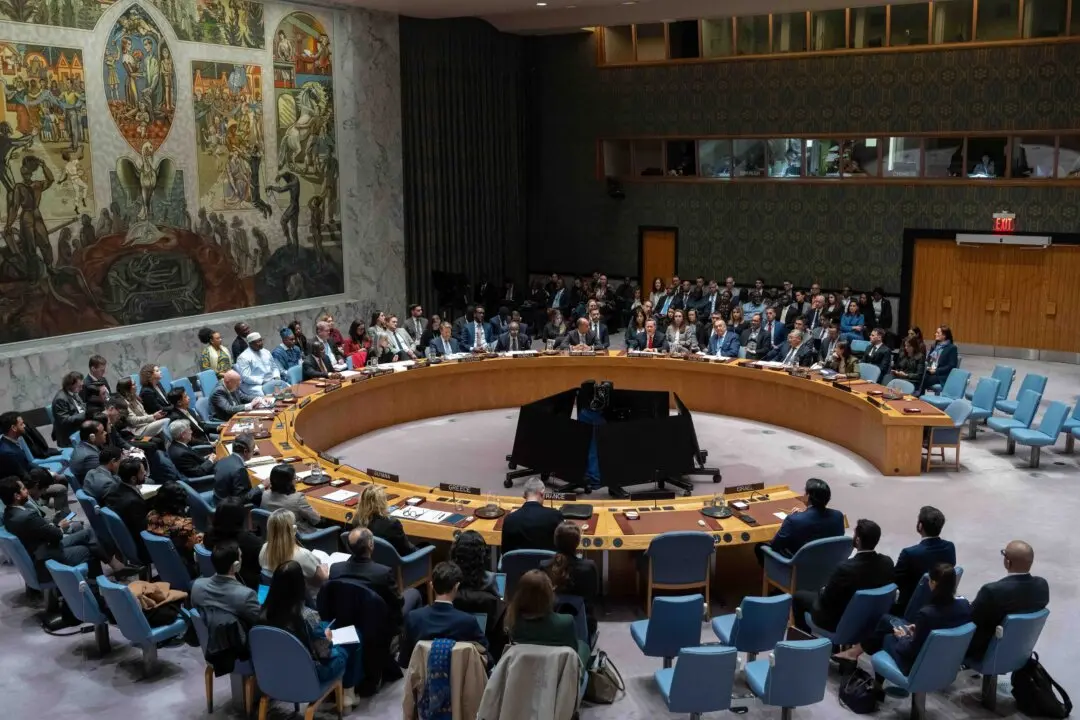School closures and isolation of younger people increases the total number of deaths in the CCP virus pandemic, a UK study found.
The BMJ, a British medical journal, on Oct. 7 published a research paper by the University of Edinburgh on the effect of school closures on mortality from COVID-19.





